Winter is to whiskey as summer is to gin. And the best craft gins are really something to savor whether hosting dinner parties and backyard barbecues or simply sitting on your porch.
The best way to enjoy spring's fleeting bliss or break summer's heat is with a refreshing Collins, a fizzy gin and tonic, or a perfectly chilled martini in hand. But pairing the right craft gin can sometimes prove difficult.
Buying gin was easy back when there were only a few to choose from. These days the gin shelf at any worthy liquor store takes up an entire wall.
Related: 20 Cocktail Recipes Every Man Should Know How to Make
One big reason for this is that craft spirits have exploded in recent years. We now have craft vodkas that are anything but neutral, terroir-driven bottlings, and a major organic spirits boom.
And since gin can be made from any neutral spirit and doesn’t need to be aged, it’s the first thing (other than vodka) that any new distillery can get up and going. With so many new craft gins on the market, it’s hard to know which ones are worth your time.
Here are 29 craft gins that stand above the crowd, each with nuanced differences that can suit whatever gin-sipping mood you’re in.
29 Best Gins to Mix Into Cocktails
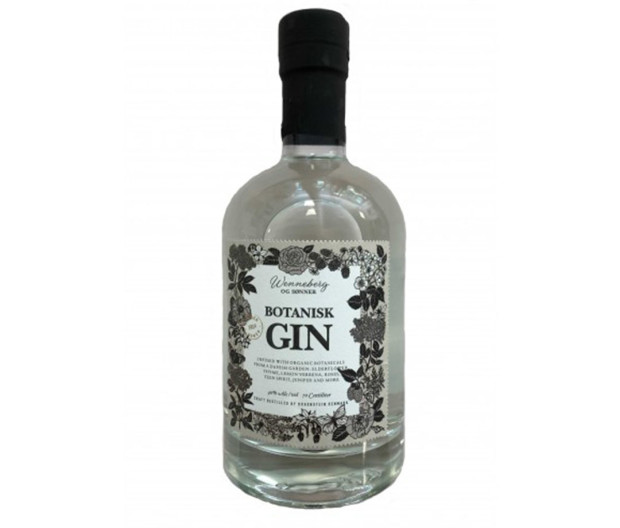
Don’t miss the chance to sip on aquavit during a trip to Denmark. Once that’s been checked off the to-do list, try to get your hands on a bottle of Botanisk Gin. Introduced in April 2018 by Signe Wenneberg and her sons, Noah and Simon, the family-run operation has quickly become one of the most buzzed about spirit launches from the region. The handcrafted gin is certified organic and made exclusively with local ingredients, highlighting native flowers, seasonal berries, and other Danish botanicals; then it’s distilled six times for a super-smooth finish. Expect hints of elderflower, lemon verbena, and thyme, and be sure to try both varieties: available in pale and light pink (which gets its color from raspberry infusion).
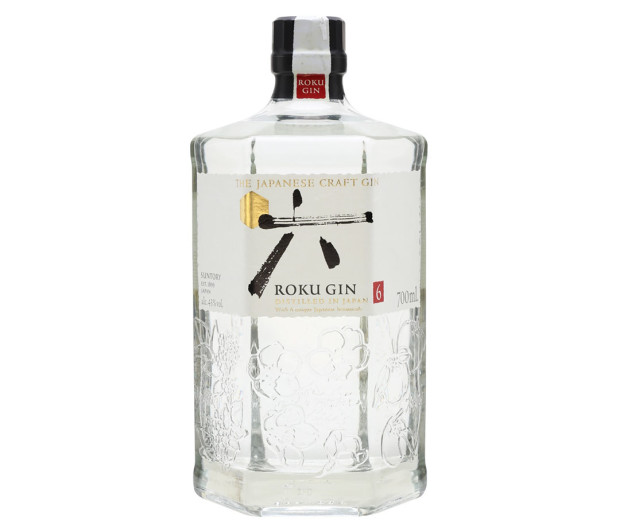
"Japan has been a hugely valuable and exciting market for the whisky industry for decades, and now their love of fine spirits is beginning to incorporate gin,” says Paul Jackson, founder and editor of The Gin Guide. Japan is home to Suntory (as in the founding house of Japanese whisky), which introduced its gin range produced at Kyoto Distillery. "Roku Gin, which features Japanese botanicals—including cherry blossom, green tea, and Japanese pepper—is increasingly stocked and served around the world," notes Jackson. This gin is well on its way to becoming one of the flagship spirits of Japan, alongside other fine Japanese gins like Ki No Bi Dry Gin and Nikka Coffey Gin.
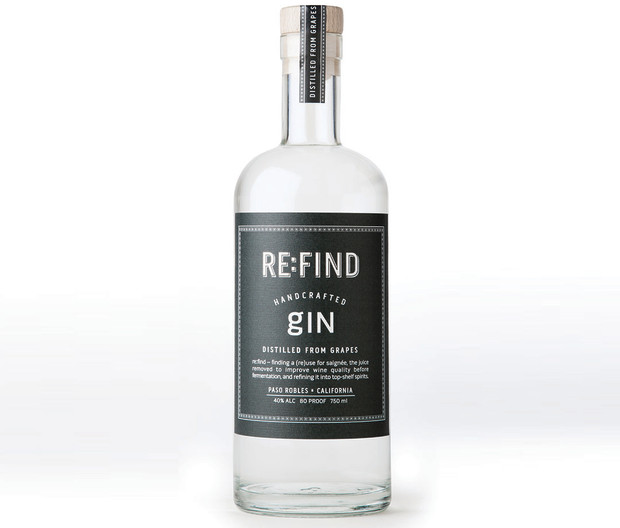
Luckily, you don’t have to scour the globe to find your new favorite gin, because there are plenty of skilled distillers creating some seriously impressive interpretations right here in the U.S. Just look at California’s Re:Find Distillery. “A pioneer distillery, Re:Find distillates its botanical gin from top-quality, reclaimed, free-run grape juice from the Paso Robles wine region,” says Robin Wolf, an internationally award-winning mixologist and bar director of The Hatch Rotisserie & Bar in Paso Robles, CA. “The result is an elegant, lively sipper with an incredibly smooth mouthfeel and an eco-friendly spirit.”
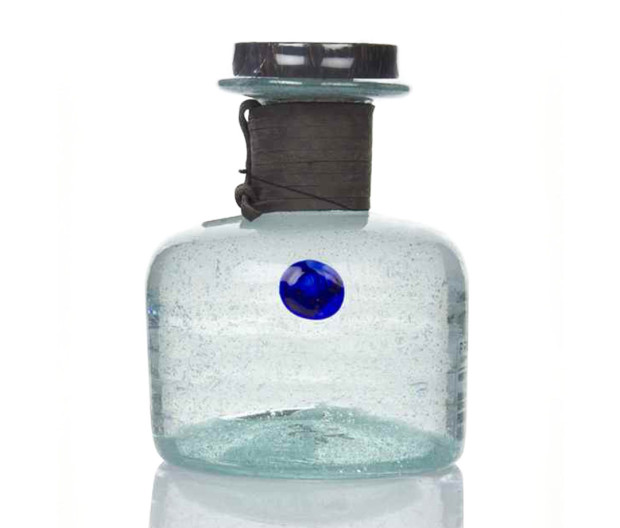
Experts in the industry reserve high praise for a handful of Africa’s notable gin-makers. “Kenya is one of the newest nations to boast a craft gin distillery,” says Aaron Knoll, creator of The GIN is IN blog and author of Gin: The Art and Craft of the Artisan Revival. Procera Gin's 10 botanicals are sourced from all across Africa—including pink peppercorn from Madagascar and orris root from Morocco. "The juniper species used is known as Juniper Procera, and it grows only in the East African highlands,” says Knoll. After making quite a splash when it debuted at Junipalooza in the UK, Procera “stands out as one of the only African gins available on the international market,” adds Knoll.
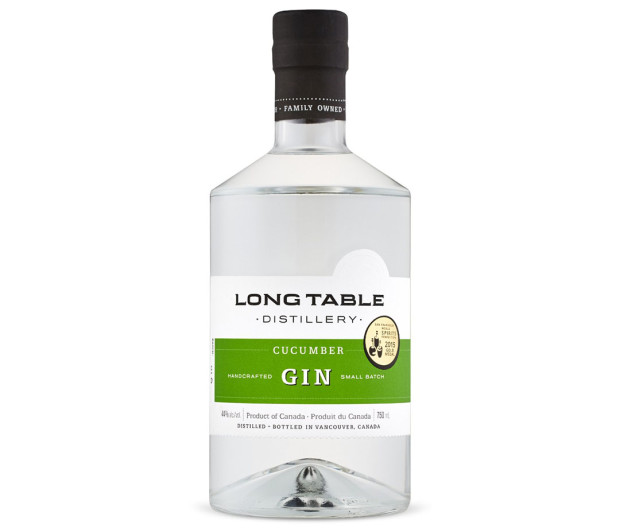
Our neighbors to the north have also been successful in generating some serious gin buzz. “Visiting Vancouver’s Long Table Distillery is an experience that’s stayed with me—and a gin I’ve continued to shout about ever since,” says Matt Burton, author of The Gin Shelf blog, who runs a gin-focused Instagram account. “This is truly a Canadian offering, with many of the botanicals locally foraged,” he continues. As for the name? Burton notes that the brand's master distiller, Charles Tremewen, encourages people to come to the tasting room’s weekly Gin & Tonic Fridays or Cocktail Saturday sessions, where fellow gin fans can discuss the art of craft gin-making at communal long tables. Try its award-winning Cucumber Gin, which makes for an ultra-refreshing dry martini—preferably served in a lemon-rimmed glass.

“Italy does not immediately come to mind when discussing gin, but the country’s history is steeped in the spirit,” says Lesley Jacobs Solmonson, author of Gin: A Global History and co-author of The 12 Bottle Bar. “With a centuries-old history of distillation coupled with an impossible-to-replicate selection of local botanicals, Italy stands ready to step into the gin game with style.” There’s one Italian label in particular that Solmonson can’t get enough of: “Malfy Gin Con Limone offers a gentler flavor profile than traditional dry gins, making it an ideal gateway for the gin-curious,” she says. Sfusato lemons from the Amalfi Coast offer a bittersweet top note with a subtle juniper finish. It's a gin that "cries out for tonic," Solmonson notes, while suggesting an herbal garnish like rosemary instead of the usual lemon.
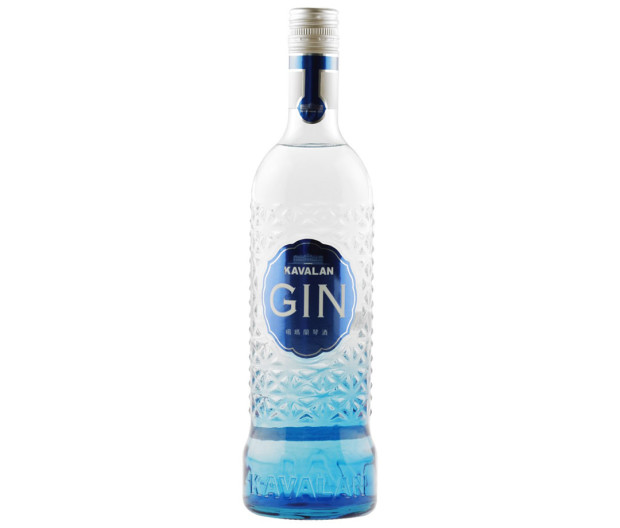
Taiwanese whisky may have been the spirit that catapulted Kavalan to international fame, but now the iconic brand has officially segued into the gin game. Made from malted barley that’s double-charcoal filtered and triple distilled in premium copper stills, each step in Kavalan’s gin-making process is executed with extraordinary attention to detail. Expect delicate aromas of citrus peel, coriander, and juniper berries that create an elegant, smooth-sipping experience. The spirit also boasts a hint of sweetness, thanks to locally grown produce like red guava, kumquat, and starfruit.
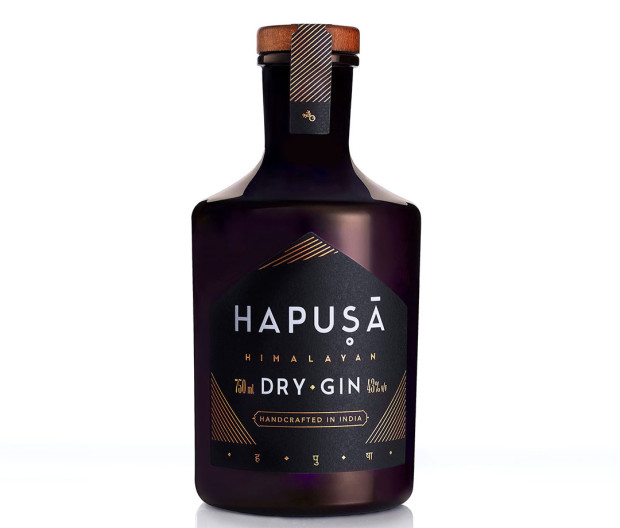
India is another country currently in the midst of a gin boom, with exciting new distilleries popping up non-stop. “The country is very well placed to create amazing gins since they have access to fresh and fragrant ingredients, such as cinnamon, cardamom, turmeric, coriander, and more,” says Emile Ward, co-founder and director of Gin Kiosk. Ward's personal favorite is Hapusa Gin from Näo Spirits. "It’s a very well-balanced gin, yet expressive in flavor, from a young and talented team destined to make waves in the industry,” he says. The bottle bills itself as the world’s first Himalayan Dry Gin, showcasing Himalayan juniper and other botanicals native to India. Tasting notes include pine on the nose with a rich earthiness and wildflower finish.
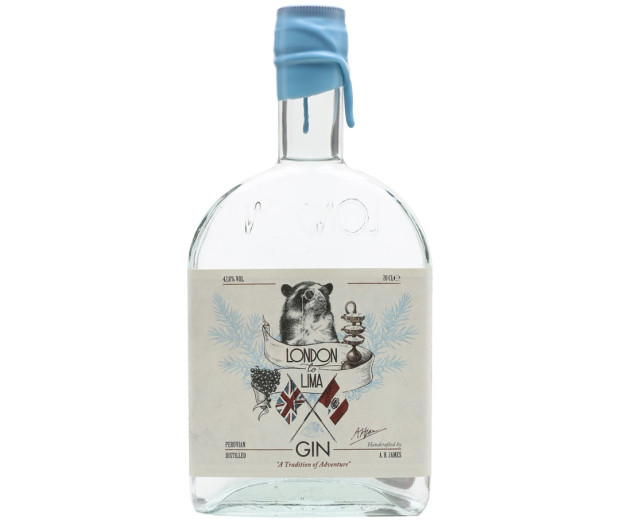
Those in search of an even more inventive take would be pleasantly surprised with London to Lima. “It combines the tradition of London Dry Gin with the terroir of Peru and the heritage of the country's national spirit, pisco,” writes David T. Smith, author of several gin-themed books, including Gin Tonica, The Gin Dictionary, and The Craft of Gin. Pisco grapes, Andean water, and locally grown coriander among a mix of imported and local botanicals are all part of this base spirit. “The result is a vibrant and elegant gin."

Australians definitely know how to party, but it turns out they also know how to make a seriously delicious gin. Countless Aussie distilleries have opened doors over the past few years, but few have been as well-received on the international stage as Four Pillars. Launched in 2013, the small distillery is nestled in the charming Yarra Valley, just an hour's drive from Melbourne. The brand's inspired and experimental lineup includes Bloody Shiraz Gin, Spiced Negroni Gin, and Sherry Cask Gin, among several other unique creations.
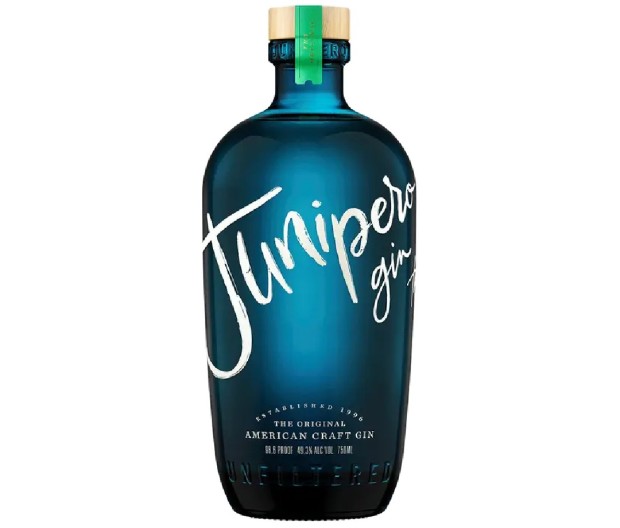
Touted as the first copper pot distilled craft gin after Prohibition, Junipero has been made in San Francisco by Anchor Distilling Company since 1996. Like all gins, it begins as a grain neutral spirit before being distilled a second time with a dozen botanicals, including juniper berries, coriander, dried lemon peel, and grains of paradise. This results in a juniper-forward, herbal, highly mixable gin.
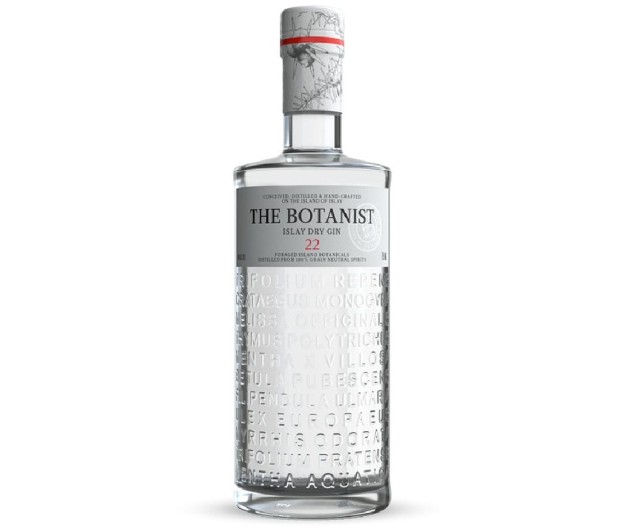
Whisky lovers know all about those peat-smoked Scotches produced on the Scottish island of Islay. This sheep-filled isle also happens to be where The Botanist, made by Bruichladdich, is crafted. Arguably the most destination-specific gin on the market, its 22 herbs and botanicals are hand-foraged on the island. It’s known for its notes of juniper, lemon zest, and broad botanicals.
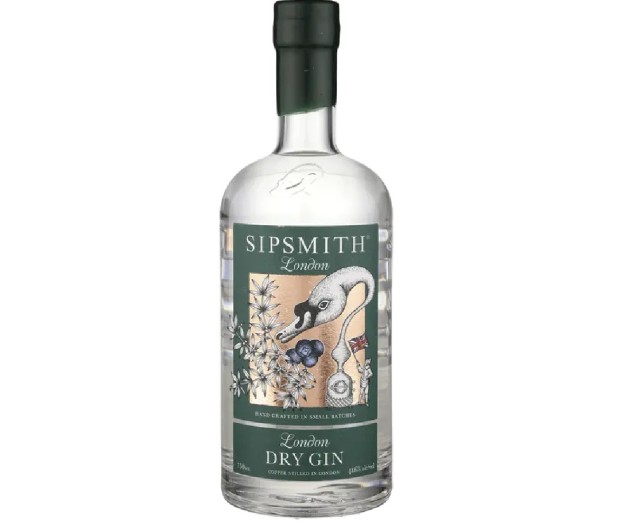
While it lacks the long history of the most famed London dry gins, Sipsmith has made quite a name for itself since launching back in 2009. Copper pot distilled, this gin was crafted to have a traditional flavor palate—achieved by infusing juniper, orange and lemon peels, coriander, orris root, licorice, angelica, and a few other herbs and botanicals. The result is a crisp, herbal, citrusy gin perfect for your favorite cocktail.
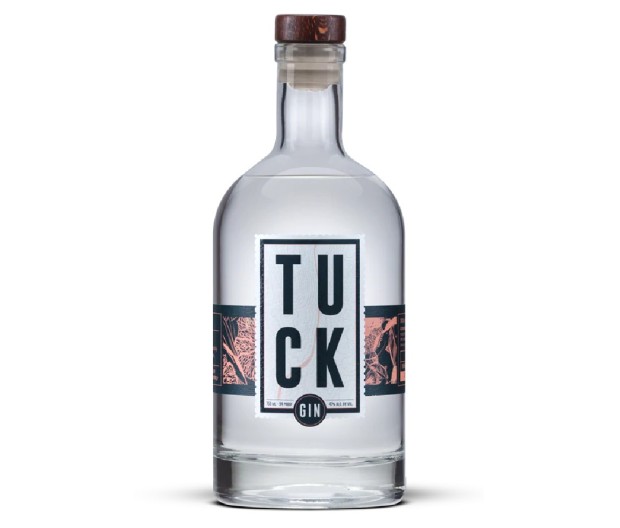
Named for its distilling site—on Connecticut’s Saugatuck River—Tuck deserves to be on your radar. This crisp, fresh, flavorful gin starts with two different juniper berries, hand-peeled grapefruit, fresh jasmine, and a slew of other herbs and botanicals. One of the freshest, most mixable gins on the market, Tuck offers a distinctive mix of bold juniper and spices, making a great base for any classic gin cocktail.
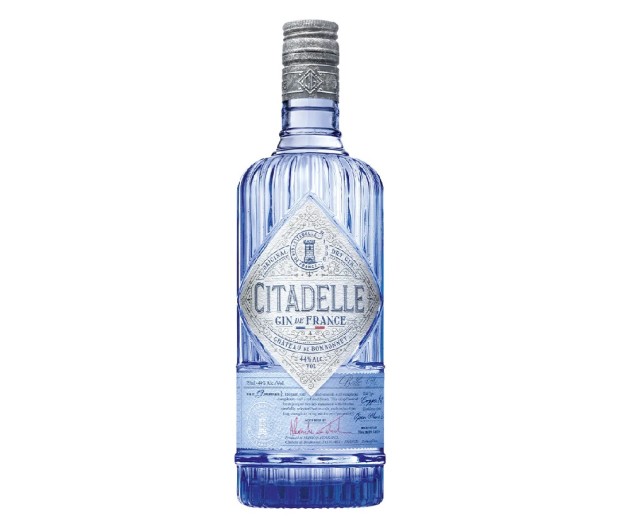
This gin has nothing to do with the similarly named military academy in South Carolina. In fact, it’s not even made in the U.S. A French gin produced by Maison Ferrand in Cognac, Citadelle first hit the market back in 1996. Since then, it’s gained a following and racked up awards, thanks to a long list of flavors including juniper berries, cardamom, cumin, coriander, lemon peel, and even violet root.
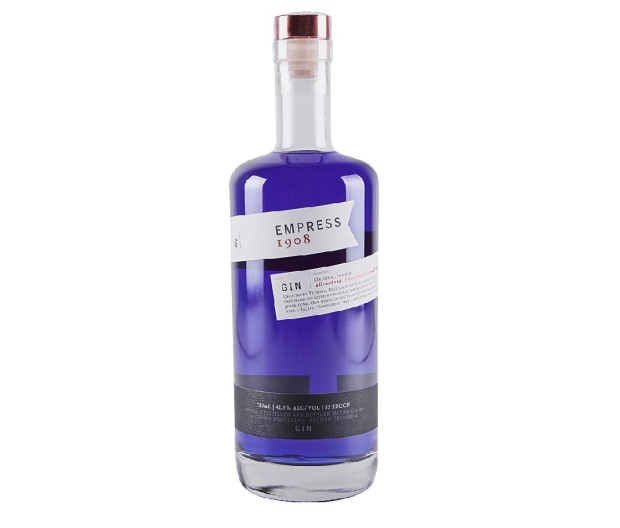
Empress 1908 is a truly unique gin that's copper pot distilled in small batches. Its name is a reference to the Empress Hotel (now known as Hotel Fairmont Empress) in Victoria, British Columbia. Like many gins, it begins with a juniper and botanical base before finding its own unique complexity with the help of a proprietary black tea blend served at the hotel. The addition of butterfly pea blossom gives the gin its unique indigo color.
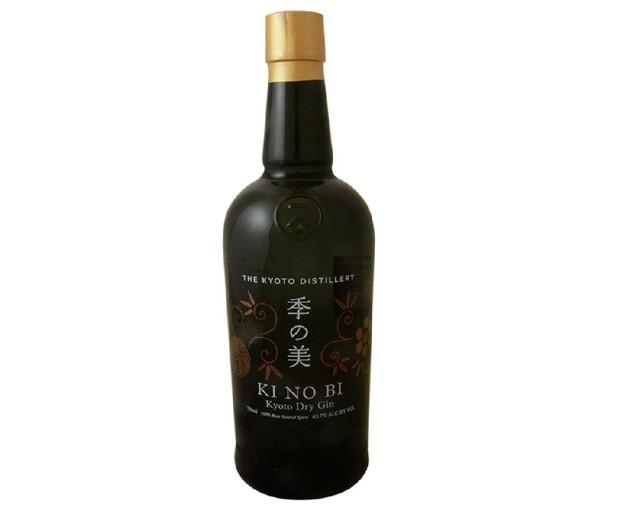
You’re not going to find another gin on the market that's anything like KI NO BI Kyoto Dry Gin. Along with some traditional ingredients, it’s infused with yellow yuzu, hinoki wood chips, bamboo, gyokuro tea, and—wait for it—Japanese peppercorns. Produced in an area of Japan known for its sake production, this highly complex gin features citrus, herbal tea, and a spicy backbone that will stand up in any gin-based cocktail.
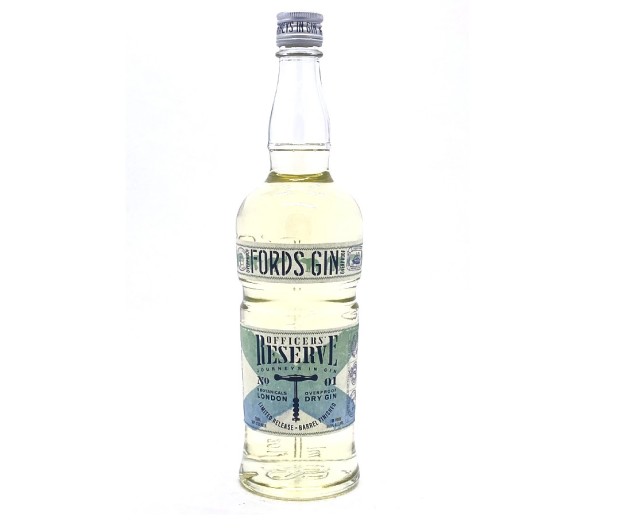
A favorite among bartenders and home mixologists alike, Fords Gin was created from a partnership between spirits expert Simon Ford (hence the name) and eighth-generation master distiller Charles Maxwell. Its classic London dry flavor is juniper heavy and perfect for gin cocktails.
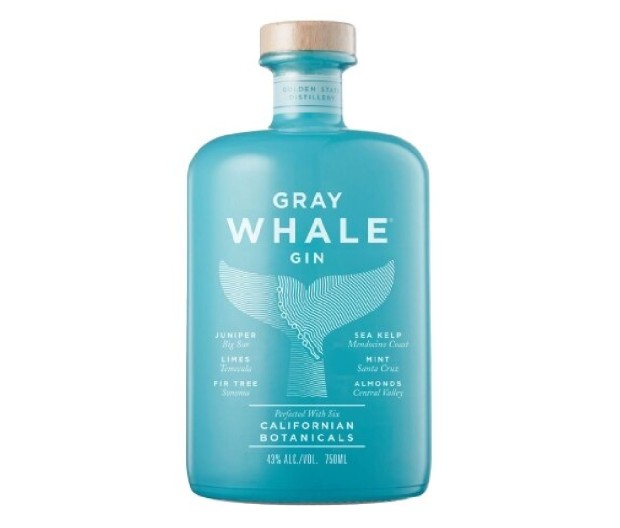
Named for the gray whale’s 12,000-mile Pacific migration between Baja peninsula and the Arctic, Gray Whale Gin is infused with a unique array of herbs and botanicals found along the California coast. This includes juniper berries, limes, fir tips, mint, almonds, and even sea kelp. The result is a multi-dimensional gin with notes of mint, citrus, and pine that makes an exceptional gin and tonic.
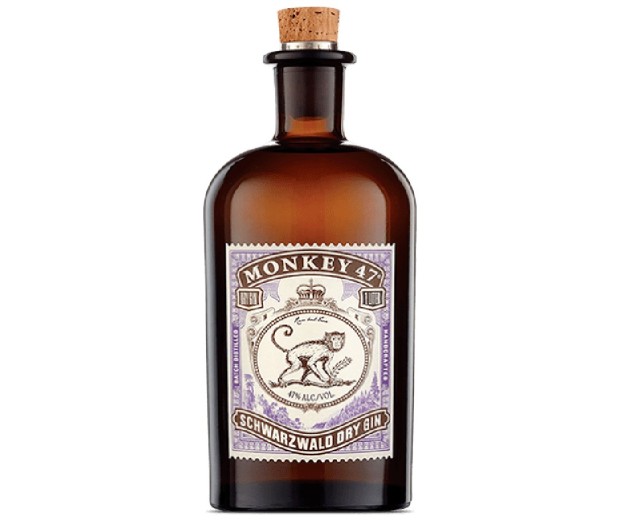
Distilled in Germany’s Black Forest, this outlier German gin derives its name from two sources. The first can be traced to an Indian-born British commander who found himself helping to rebuild the Berlin Zoo after World War II—while growing attached to an egret monkey named Max in the process. The second source, more to the point, comes from the whopping 47 herbs and botanicals included in one of the most complex gins you'll find anywhere.
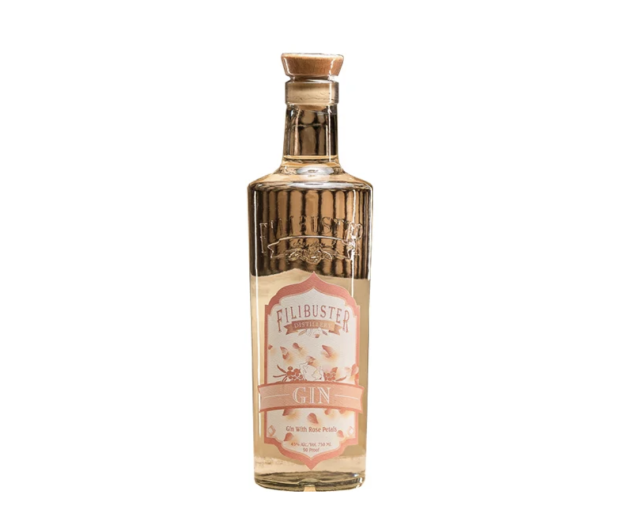
This craft gin is based on Filibuster’s dual-cask gin, which is aged in American and French oak casks for woody complexity before the floral addition of rose petals to the formula. Pink peppercorn, lemon, and wild rose are at the forefront of its flavor, and with its delicate pink color, it makes a beautiful blush-colored gin and tonic. Originally created as a limited release for the summer of 2018, it became a permanent core expression for Filibuster because of its popularity.
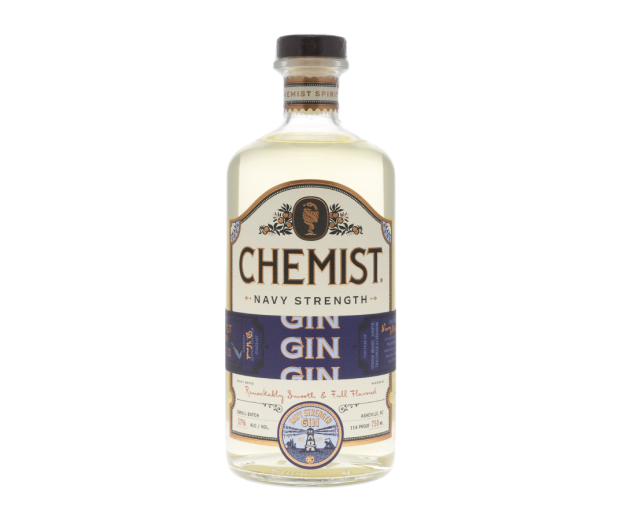
Spanish orange and Thai ginger are infused into this small-batch gin after distillation by the Asheville, NC, based Chemist Spirits—mellowing the juniper and giving this complex gin a pale golden color and rich texture. This citrus-forward expression is perfect for a gin and tonic, given its smoothness and higher ABV of 57 percent, which helps maintain balance and stands up to ice.
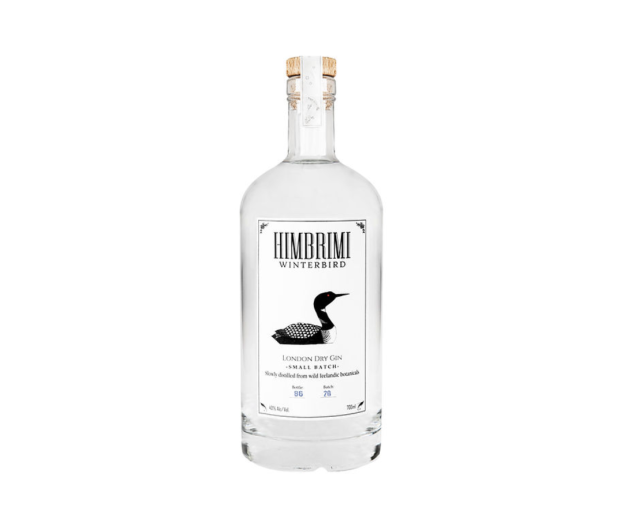
Made with local, mineral-free spring water, wild Anjelica foraged around lakes and rivers of Iceland, and Arctic Thyme, this foraged botanical gin is an aromatic expression of its rugged Icelandic roots. After a 14-day infusion of botanicals, it’s re-distilled using the heat of geothermal water. The flavor is extremely smooth and delicate, making it perfect for a Martini or sipping on the rocks with a twist of lemon. Himbrini takes care of the land on which it forages, with five percent of revenue from each bottle going to nature conservation in Iceland.
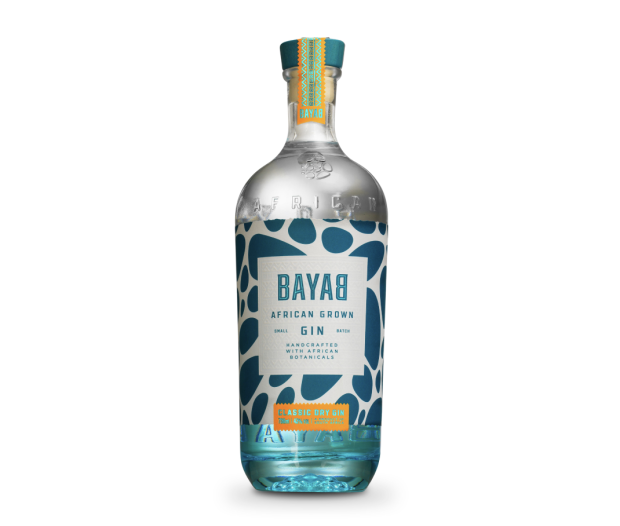
Bayab Gin is made in South Africa using African botanicals that bring something new to the table for gin. Of its three varieties (the other two being Burnt Orange & Marula and African Rose Water) this African Classic Dry features exotic botanicals like Zambian baobab. Its unique, pleasing flavor is likely something you haven’t quite experienced before—especially when sipped on the rocks or with soda and lime to let its notes really sing.
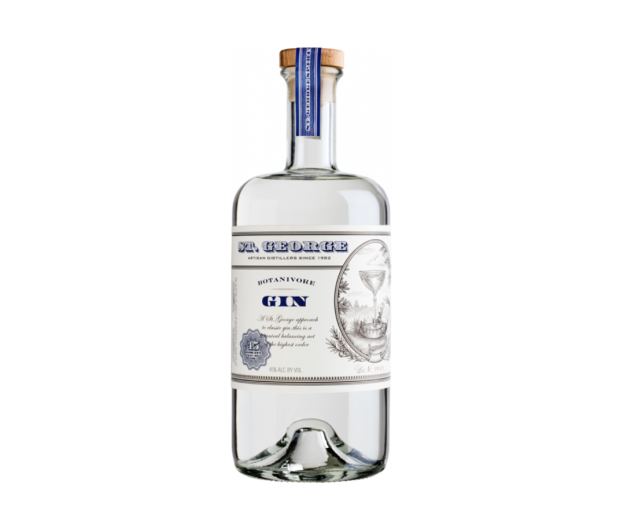
St. George Spirits is the OG American craft distiller, and while Botanivore isn’t exactly new, it’s a new one to discover. Loaded with 19 unique botanicals like California bay and fresh cilantro in addition to those all-important juniper berries, its made with a dual infusion process of steaming and steeping in a copper pot still. This lushly botanical spirit is bold but well-balanced, making it a perfect gin for a classic martini. It's also a sentimental one, created by master distiller Lance Winters for his wife.
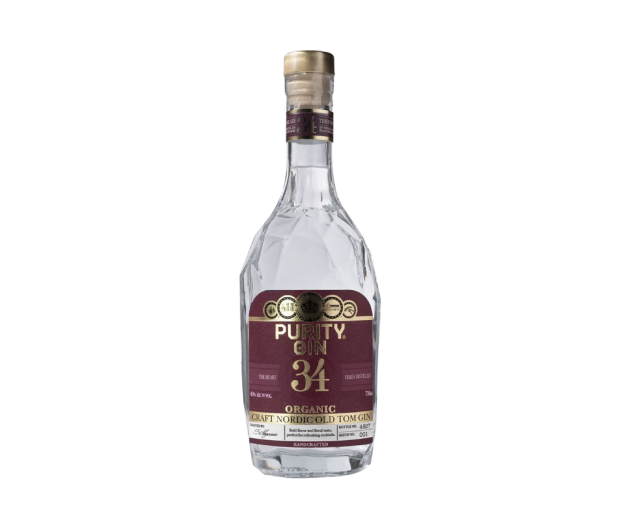
This Swedish-distilled, Nordic take on Old Tom (a sweeter gin with a less astringent taste than typical London dry gin) makes a fine centerpiece for many a classic cocktail. It starts with a base of Purity’s organic 12-hour-distilled vodka, and includes organic cane sugar, basil, thyme, and juniper among several other botanicals. The sweetness and softness of Old Tom makes this a perfect gin for a Tom Collins.
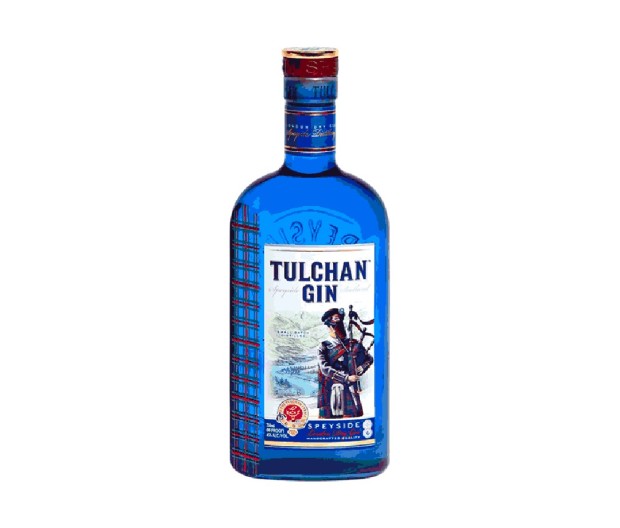
Made in the heart of whisky country in Speyside, Scotland, Tulchan is named for its eponymous, 22,000-acre hunting and fishing haven along the Spey River: Tulchan Estate. Crafted with botanicals from its namesake estate, it's a lighter-style London dry gin making good use of native Scottish botanicals such as sloe berries, blackberry leaves, and elderflowers. The juniper influence is subtle, making this a solid introductory gin to people who are new to the spirit.
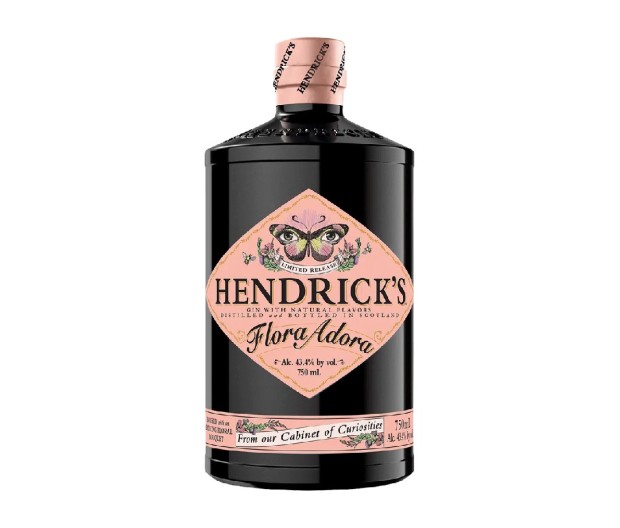
This new, floral-focused limited release from Hendrick’s is inspired by Victorian gardens, with lavender and rose notes at the forefront. Right at home at a garden party in a gin and tonic, it also makes for an exquisite gin fizz—a perfect summertime substitution for a bloody Mary as a day-after pick-me-up, as the rich floral characteristics offset any need for orange flower water in the foamy fabled cocktail.
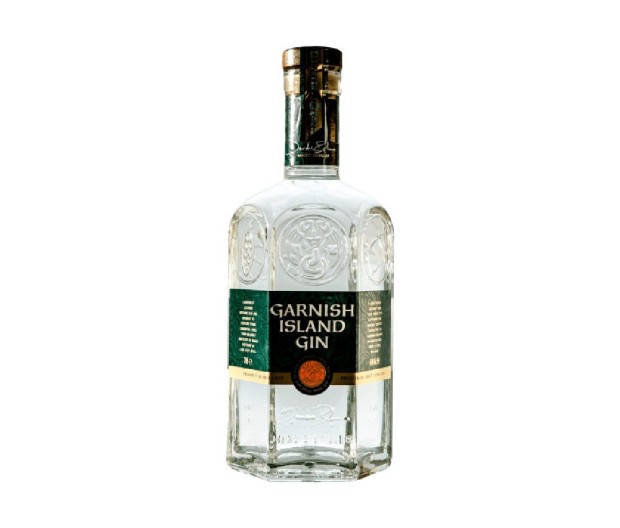
Garnish Island Gin is inspired by the Italian gardens of Garnish Island off the southern coast of Ireland. It also happens to be crafted by Ireland’s first female master distiller, Deirdre Bohane, in Ireland’s largest family-owned distillery. Intensely aromatic with floral notes of hibiscus, rose, thyme, and rosemary, it’s made in small batches in copper pot stills. Taste-wise it's a garden in a glass—requiring nothing more than a quality tonic and lime to do it justice.
from Men's Journal https://ift.tt/SY5Okm3
via IFTTT
